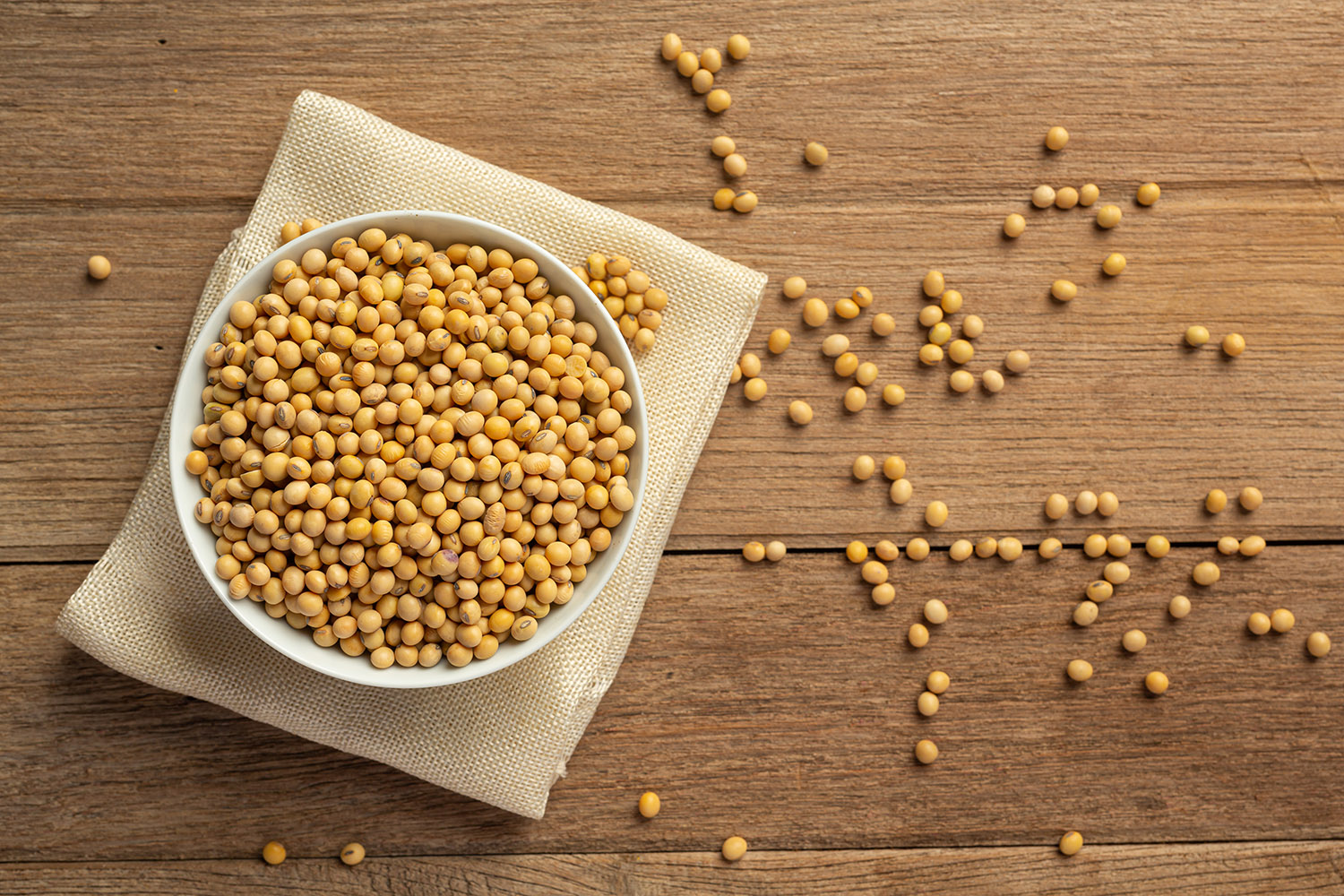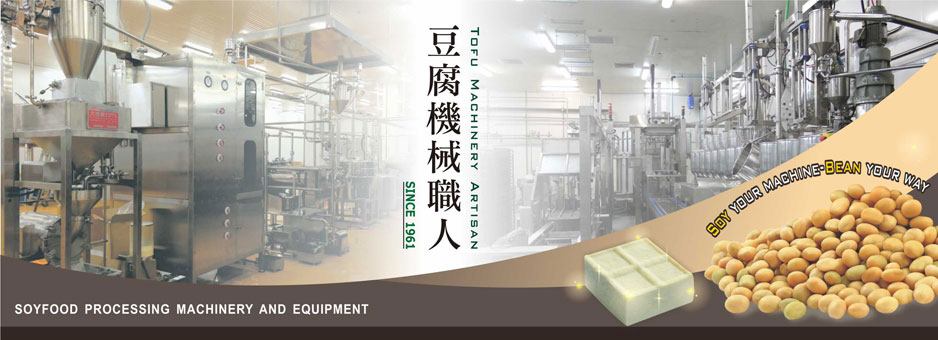After Harvest
After harvest, soybeans are either stored in a grain bin or sold to a processing plant, like Cargill in North Carolina. These processors are able to separate the soybean meal from the oil. When processed, a 60-pound bushel will yield about 11 pounds of crude soybean oil and 47 pounds of soybean meal.
Because soy is rich in quality protein and digestible energy, most of the soymeal is turned into animal feed, by baking the protein-rich fiber that remains after the oil is removed. The remainder of soymeal is used to make some soyfoods like tofu and soy milk. The soybean oil that remains after processing out the meal has many uses including cooking oil, biodiesel and bioheat, and non-toxic industrial supplies like paints and cleaners.

Animal Feed Production
The high-protein fiber that remains after soybean oil is removed is toasted and prepared into animal feed for poultry, pork, cattle, fish, and pets. Over half of the soybeans processed for livestock feed are fed to poultry. In N.C., however, hog farms are more abundant than poultry farms, making pigs the number one customer of N.C. soy.
Soy protein is increasingly found in fish food, both for home aquariums and for farm-raised aqua protein. Most marine species were fed fish meal at one time, but wild caught fish feed has become scarcer, making soyfeed a more sustainable and affordable choice.
https://ncsoy.org/media-resources/uses-of-soybeans/





